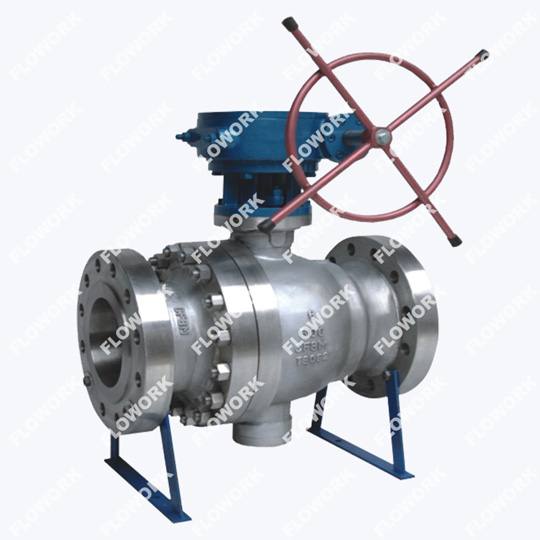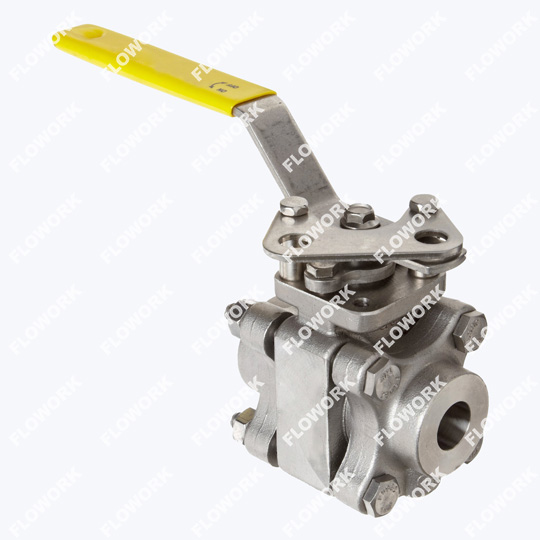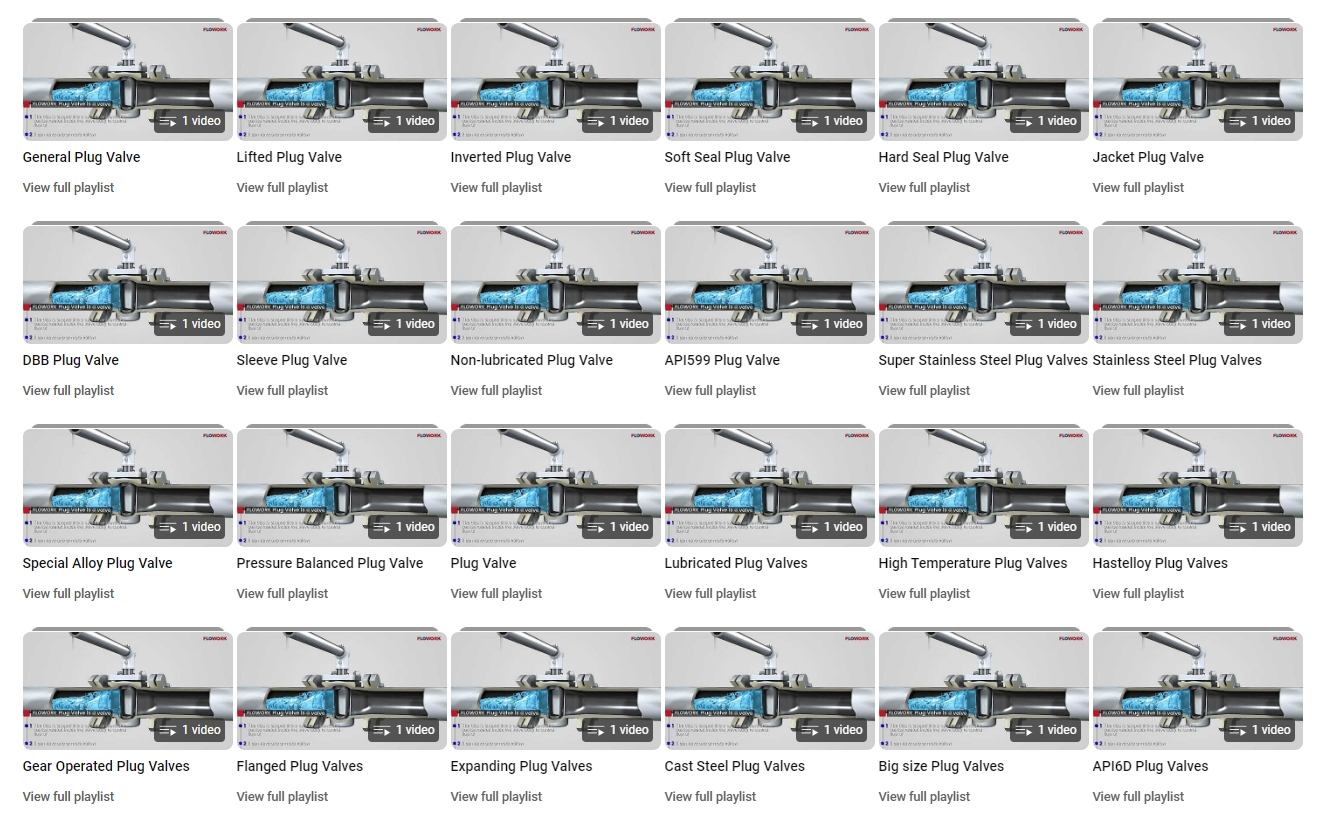Why use a ball valve instead of a gate valve?
Hello everyone, today I will talk to you about why ball valves have more advantages than gate valves in certain application scenarios. I will conduct a comparative analysis from many aspects such as fluid control efficiency, sealing performance, operating torque, maintenance convenience, and application range to help everyone understand the characteristics and differences of these two valves more comprehensively. Hopefully, you will be able to make a more informed choice between ball valves and gate valves to meet your specific industrial needs. In the field of fluid control, valve selection is crucial. As two common valve types, ball valves and gate valves each have unique characteristics and advantages. In some applications, ball valves may have advantages over gate valves. I will discuss these advantages in detail to help you gain a deeper understanding of the advantages of ball valves over gate valves, butterfly valve wholesale.
1. Fluid control efficiency
Opening and closing speed: The ball valve realizes fluid on and off by rotating the ball, and opens and closes quickly. In contrast, gate valves need to move the gate plate to control the fluid, and the opening and closing speed is relatively slow. Where fast response is required, ball valves offer significant advantages.
Fluid resistance: The fluid channel of the ball valve is linear and the fluid resistance is small. The fluid channel of the gate valve is obstructed at the gate plate, and the fluid resistance is large. Therefore, ball valves have more advantages where energy consumption needs to be reduced, globe valve manufacture.

2. Sealing performance
Sealing structure: The ball valve uses a tight fit between the ball and the valve seat to achieve sealing, with excellent sealing performance. Gate valves rely on the contact between the gate plate and the valve seat to achieve sealing, and the sealing effect is relatively poor.
Sealing material: The sealing material of the ball valve can be selected according to the fluid properties and working conditions to ensure sealing performance in various application scenarios. Gate valves have relatively few sealing material options and poor adaptability.
3. Operating torque
Structural features: The ball valve has a compact structure and small operating torque. The structure of the gate valve is relatively complex and the operating torque is large. In situations where frequent operations are required or manpower is limited, ball valves have more advantages.
Actuator selection: Since the operating torque of the ball valve is small, smaller actuators can be selected to reduce equipment costs. Gate valves require larger actuators, which increases equipment costs and maintenance difficulty, api 6d ball valve.

4. Maintenance convenience
Cleaning and replacement: The structural design of the ball valve makes its cleaning and replacement relatively simple. Gate valves require more space and time for maintenance operations. Ball valves have more advantages in situations that require high maintenance.
Leak detection: Leak detection on ball valves is relatively easy, and potential problems can be discovered through simple observation and testing. Leakage detection of gate valves is more difficult and requires more complex detection methods. Therefore, ball valves have more advantages when high safety is required.
5. Application scope
High pressure and high temperature environment: Due to its excellent sealing performance and high temperature and pressure resistance, ball valves are widely used in high pressure and high temperature environments such as oil and natural gas. In these scenarios, gate valves may not meet stringent sealing and performance requirements, plug valve supplier.
Large diameter requirements: Ball valves can be manufactured into large diameter specifications to meet the needs of some specific scenarios, such as large water conservancy projects, sewage treatment, etc. The manufacturing difficulty and cost of gate valves in large diameter specifications are relatively high.
Corrosive media: For the treatment of corrosive media, ball valves can choose appropriate materials and coatings to resist corrosion. Gate valves have relatively few options in this regard and may be at higher risk for leaks and repairs.
6. Here are some of my conclusions:
Through a comparative analysis of ball valves and gate valves in many aspects such as fluid control efficiency, sealing performance, operating torque, maintenance convenience, and application scope, we can clearly see that in some application scenarios, ball valves have more advantages than gate valves. When selecting valve types, everyone should fully consider the actual application requirements and scene characteristics to ensure the safe and efficient operation of the system. At the same time, I should also pay attention to the continuous innovation and development of valve technology to provide more diversified and high-performance solutions for future industrial applications.








